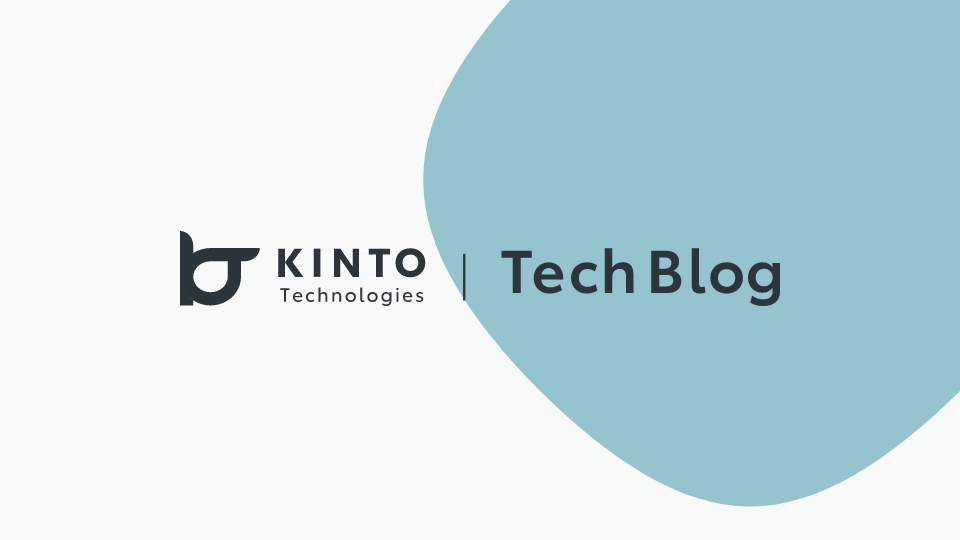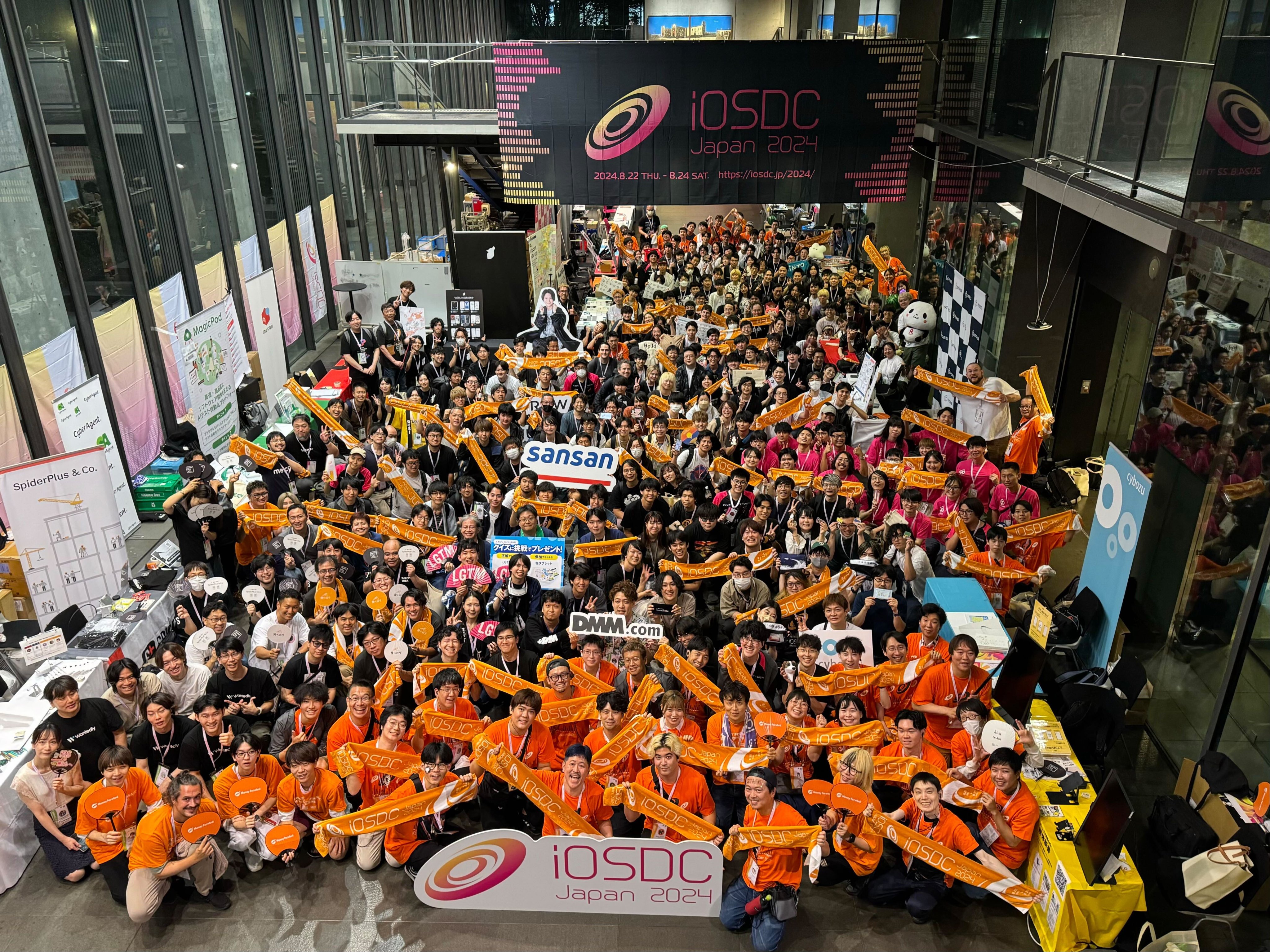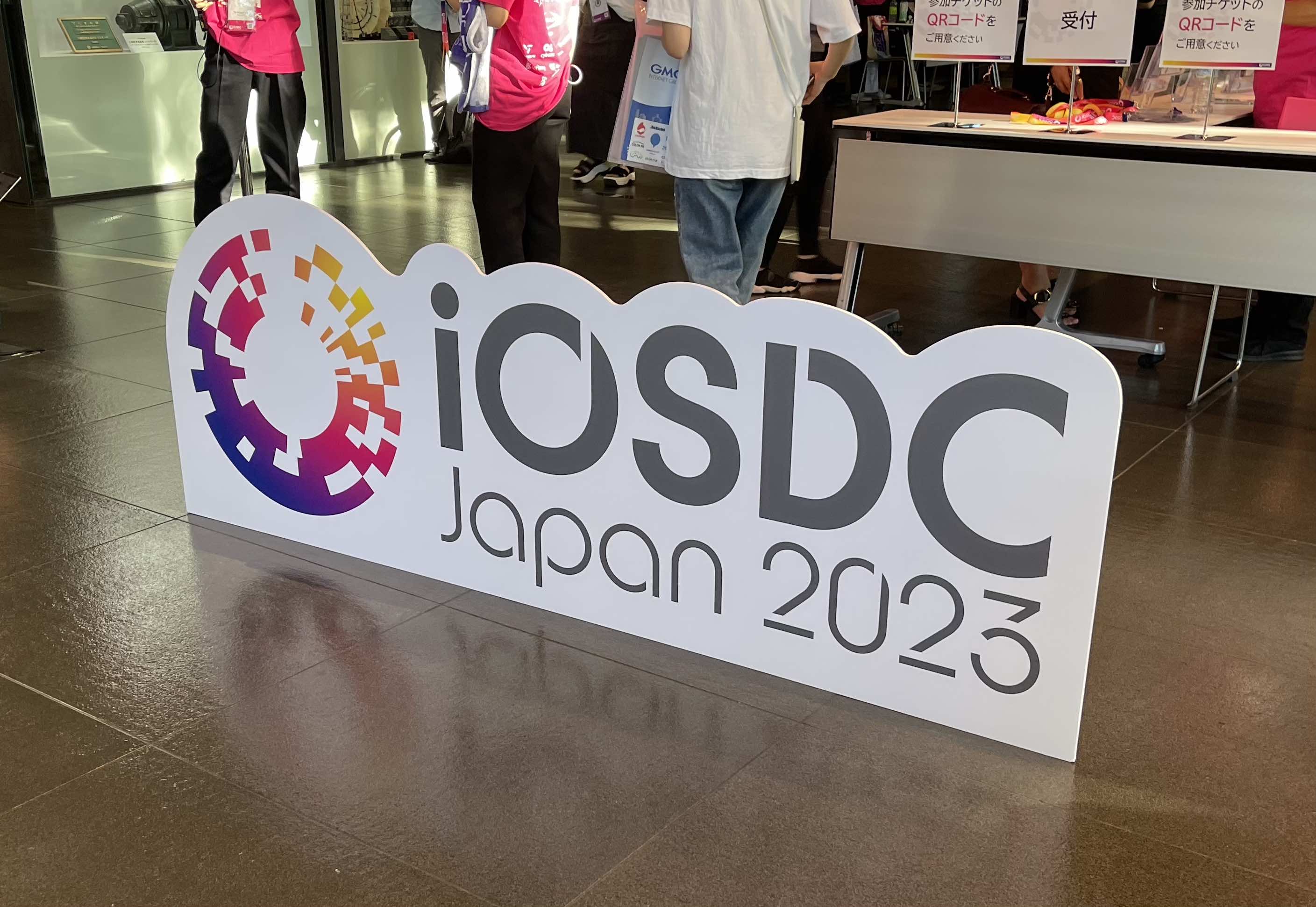【イベント】Mobility Night #1 - GPS・位置情報 - を開催しました

この記事は KINTOテクノロジーズアドベントカレンダー2024 の10日目の記事です🎅🎄
「Mobility Night」は、モビリティ領域のソフトウェア技術者、ビジネスパーソン、研究者、プロダクトマネージャーなどが気軽に集まり、業界特有の知見や課題を共有する勉強会シリーズです。#0(初回)のクローズド開催を経て、いよいよ第1回(#1)をオープンな形で開催することができました。
今回のテーマは、モビリティサービスの基盤技術である「GPS・位置情報」。カーナビや地図アプリ、オンデマンド交通、そして将来の自動運転やスマートシティ基盤まで、「いまどこにいるか」を正確に把握し、活用することはサービス価値の根幹を支えます。
当日は以下の5つのセッションが行われ、GPS・位置情報技術を軸に、それぞれが独自の切り口から課題と可能性を示しました。
この記事は技術広報グループでMobility Nightの企画運営も行っている中西が執筆しています。
1. Exploring New Google Places API
登壇者: KINTOテクノロジーズ株式会社 numaさん
Google Places APIは地図プラットフォームの中核機能の一つであり、周辺検索や施設情報取得を効率的に行うための重要なインターフェースです。このセッションでは、テキスト入力中から即時に候補を提示するAutocomplete機能の強化や、Fieldsパラメータによる必要情報の絞り込みなど、最新の改善点が紹介されました。
ポイント:
- パフォーマンスとコスト最適化: Fields指定で不要なデータ取得を削減し、APIコストを抑えるとともにレスポンス高速化が可能。
- ユーザーエクスペリエンス向上: 欲しい情報に素早くアクセスできる体験は、移動中のユーザーにとって大きな利点。Autocomplete強化で検索負荷を軽減し、UXを磨き上げる。
- 将来への展望: 現在は位置情報取得が中心だが、将来的にはIoTセンサーや行動履歴分析と組み合わせたパーソナライズ戦略も期待できる。
2. AIドラレコサービスの走行データで作る位置情報データプロダクト
登壇者: GO株式会社 松浦慎平さん
ドライブレコーダーは事故記録用のデバイスという印象が強いですが、このセッションでは「走行データ=街をセンサー化するプラットフォーム」として再解釈されました。映像+GPSデータをAI解析することで、道路標識や信号、舗装工事などの情報を動的に地図へ反映できる可能性が示唆されました。
ポイント:
- ダイナミックな地図更新: 静的だった地図を“生きた情報基盤”へ進化させ、道路インフラ変化をほぼリアルタイムで反映。
- 複数車両データの統合: 異なる車両から得られるデータを突き合わせることで、一時的な標識や工事箇所などを高精度に検出。
- プライバシー対策: 個人情報が映り込む映像を適切に匿名化しつつ道路情報を保持する技術・運用が必須。
- 将来的応用: 自動運転用HDマップ整備、スマートシティ計画、新サービス創出など、多面的なビジネス展開が期待。
3. GPSモジュールを触って学ぶ、衛星測位技術の概要
登壇者: チャリチャリ株式会社 VP of Engineering 蛭田慎也さん
GPSは当たり前に利用されていますが、都市環境では電波反射や視界不良、衛星数の偏りなど多くの実務的課題が存在します。このセッションでは基礎的な衛星測位技術を理解し、精度向上の可能性と対策を探りました。
ポイント:
- 環境依存課題: ビル街でのマルチパス、トンネル下での衛星ロストなど、ロケーションごとの特殊要件が精度を左右。
- マルチGNSS活用: GPS単独でなくGLONASS、Galileo、BeiDou、みちびき(QZSS)など複数システムを組み合わせて精度底上げ。
- ハイブリッド手法: 加速度・ジャイロセンサ、Wi-Fi/Bluetoothビーコン、マップマッチングなど補完技術で精度改善。
- 基礎知識が指針に: こうした理解が将来のプロダクトデザインや品質保証、データ分析を行う際の指針となる。
4. 後処理で位置情報を補正する技術を試してみた(仮)
登壇者: 株式会社Luup IoTチーム 高原健輔さん
リアルタイムでの高精度測位が困難な場合、後から精度を引き上げる「PPK(Post-Processing Kinematic)」という選択肢があります。高価なRTK装置や特別な通信インフラを用いず、取得済みデータと基準局データを組み合わせて後処理する手法です。
ポイント:
- PPKのメリット: リアルタイムにこだわらず、後日精度向上が可能。初期投資を抑えながらセンチメートル級精度を最終的に実現。
- コスト効率と拡張性: 将来的に需要が増すシナリオで後から精度改善を行える柔軟性。配送ロボット、ドローン、シェアモビリティなどで有効。
- 応用範囲: 地図整備、走行ログ高度化、インフラ検査など、事後分析が中心の領域で大きな価値を発揮。
5. オンデマンドバスサービス導入前のシミュレーションロジックの構築(仮)
登壇者: トヨタコネクティッド株式会社 先行企画部 新技術開発室 Halufy(ハルフィ)さん
オンデマンド交通は柔軟性が魅力ですが、収益性や持続可能性を確保するのは容易ではありません。このセッションでは事前シミュレーションによる精緻な需要予測や運行計画設計が紹介されました。
ポイント:
- 持続可能なモデル構築: 補助金頼みにならずに最適なステーション配置、運行台数、時間帯設定をデータで検証。
- 戦略的データ活用: 位置情報を中心にODデータや予約希望を統合し、需要予測や価格戦略、ルート最適化を試行。
- 長期的ビジョン: 他のモビリティ手段やインフラと連携し、都市全体の交通効率化や利便性向上を目指す土台となる。
今後扱いたいトピックとMobility Nightの展望
今回のMobility Night #1は、GPS・位置情報に特化することで、モビリティ業界の「現在地把握」技術に深く切り込みました。参加者からは「位置情報という身近なテーマがこんなに奥深いとは」「基礎から先端活用まで通して聞けるのは貴重」という声が多数寄せられています。
しかし、モビリティ業界にはGPS・位置情報以外にも多くのテーマが存在します。今後は、
- IoTデバイス活用: センサーからのリアルタイムデータ収集・制御
- データ分析: 需要予測や高度なオペレーション最適化
- プロダクトデザイン: UX向上やユーザー満足度最大化
- 品質保証: 信頼性確保や安全基準遵守
といった領域も掘り下げ、業界全体のイノベーションを促す場にしていきたいと考えています。
Mobility Nightは、運営メンバーが企画するだけでなく、参加者からの登壇希望やテーマ提案も歓迎しています。Discordを通じて意見交換や共催募集が可能な環境を整え、誰もが関わりやすいコミュニティを目指します。
まとめ
「Mobility Night #1」では、GPS・位置情報技術を軸に、モビリティサービスの中核をなす技術的課題と、その克服による新たな価値創造の可能性が明確になりました。静的な地図を動的な情報基盤へアップデートする試み、環境に左右されるGPS精度を高度な手法で補正する取り組み、オンデマンド交通をデータ駆動型で計画する戦略など、多様なアプローチが交錯しました。
これらの知見は、今後のMobility Nightで扱うIoT、データ分析、プロダクトデザイン、品質保証などのテーマとも結びつき、業界全体の進歩を加速させるはずです。引き続きMobility Nightにご注目いただき、ともに学び、交流し、新たな価値を創造していきましょう!
関連記事 | Related Posts

【イベント】Mobility Night #1 - GPS・位置情報 - を開催しました
![Cover Image for [Event] Holding a Mobility Night, a Technical Get-Together for Software Engineers in the Mobility Industry](/assets/blog/authors/rina.k/mobility-night/thumbnail.png)
[Event] Holding a Mobility Night, a Technical Get-Together for Software Engineers in the Mobility Industry

Recap of iOSDC Japan 2024

A Report (Engineer's Perspective) on Participation in iOSDC Japan 2023

Starting the KINTO Technologies Tech Blog

iOSDC Japan 2024の振り返り
We are hiring!
【大阪拠点】オープンポジション(エンジニア)
やっていること国内サービスでは、トヨタのクルマのサブスクリプションサービスである『 KINTO ONE 』を中心に、移動のよろこびを提供する『 モビリティーマーケット 』、MaaSサービスの『 my route(マイルート) 』など、トヨタグループが展開する各種サービスの開発・運営を担っています。
【プロジェクトマネージャー(iOS/Android/Flutter)】モバイルアプリ開発G/東京
モバイルアプリ開発GについてKINTOテクノロジーズにおける、モバイルアプリ開発のスペシャリストが集まっているグループです。KINTOやmy routeなどのサービスを開発・運用しているグループと協調しながら、品質の高いモバイルアプリを開発し、サービスの発展に貢献することを目標としています。
